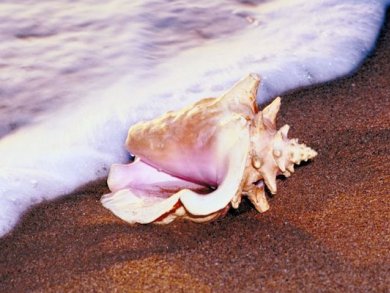The formation of seashells and other natural mineralization processes involving calcium carbonate have fascinated chemists keen to understand how different conditions can generate different polymorphic, crystal forms of the same compound. Magnesium is present in seawater and exists in nearly all known biogenic amorphous calcium carbonate, so its role is presumed to be essential to biomineralization in bivalve molluscs and other shelled sea creatures.
Shu-Hong Yu, University of Science and Technology of China, Hefei, and colleagues have demonstrated a mild phase transformation in magnesium amorphous calcium carbonate (Mg-ACC), which takes place in a mixture of ethanol and water without organic additives. The team explains that they can take polymorphic control of the final self-assembled crystal product in their system by adjusting the ratio of components of the binary mixture without recourse to other additives.
This may give some useful clues for understanding the mineralization process of CaCO3 in nature and could possibly be scaled up for industrial production of CaCO3 with different polymorphs.
- Phase Transformation of Magnesium Amorphous Calcium Carbonate (Mg-ACC) in a Binary Solution of Ethanol and Water,
Yang-Yi Liu, Jun Jiang, Min-Rui Gao, Bo Yu, Li-Bo Mao, Shu-Hong Yu,
Cryst. Growth Des. 2012.
DOI: 10.1021/cg3008206




